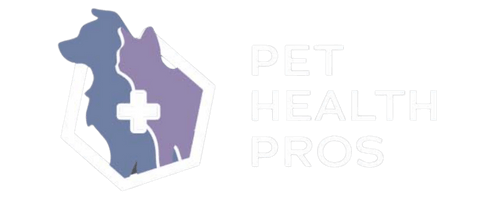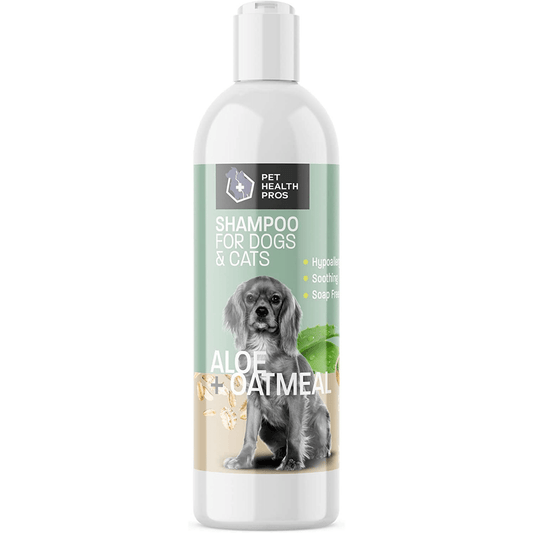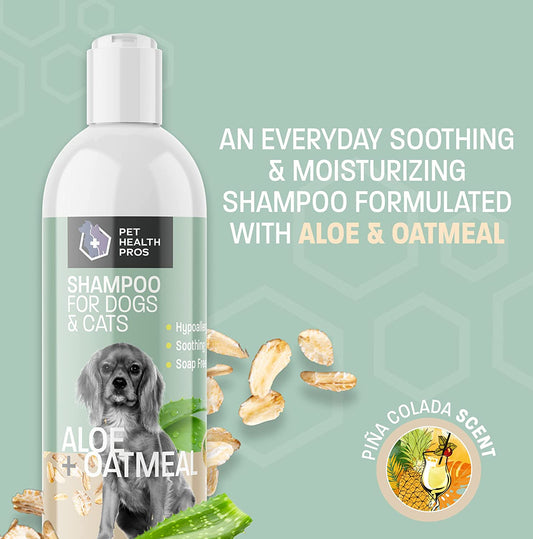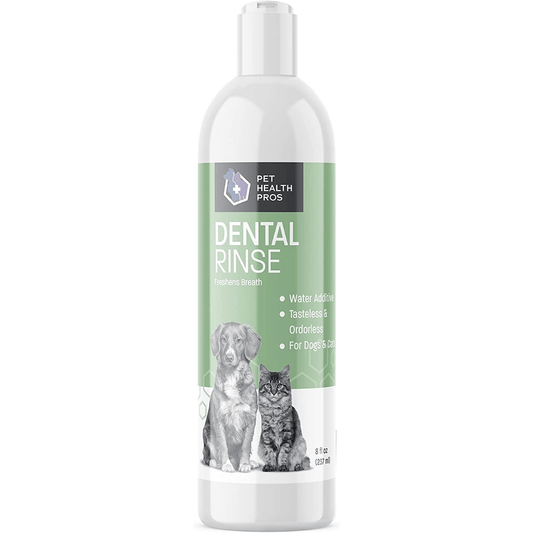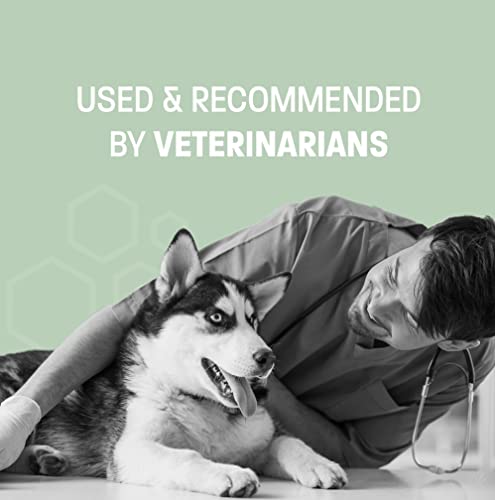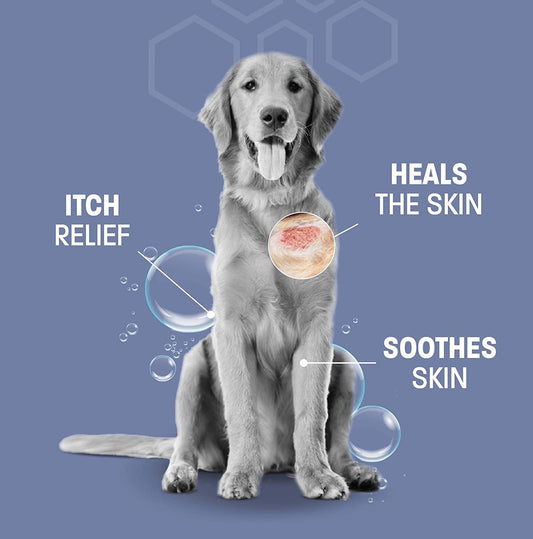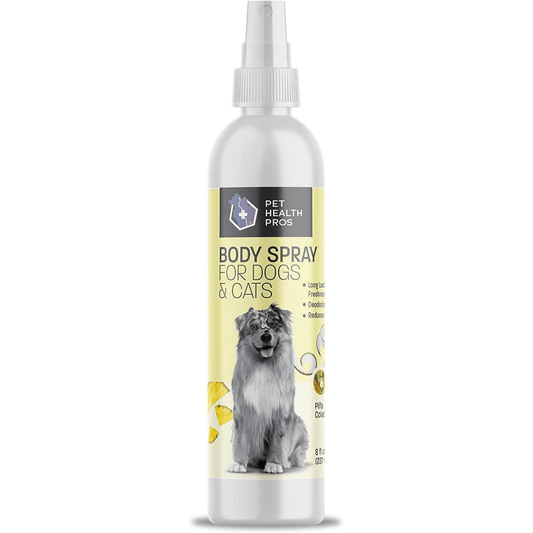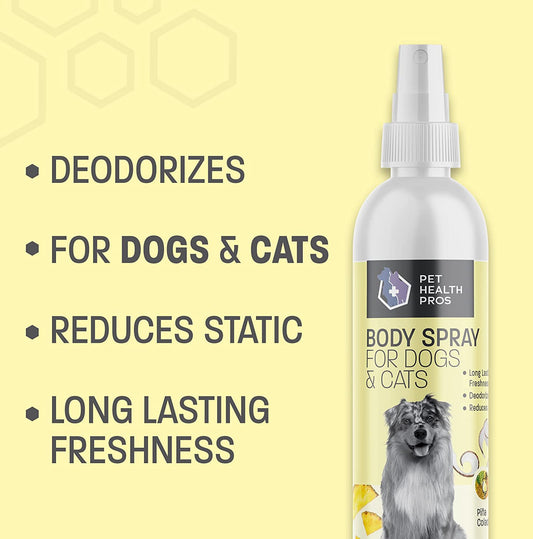When faced with a dog dental emergency, it's crucial to act swiftly and effectively to ensure the safety and well-being of your pet. This guide outlines the immediate steps you should take to manage such emergencies, from identifying the signs to providing the necessary care before reaching a professional.
Key Takeaways
- Quickly identify the signs of a dental emergency in your dog to act promptly.
- Ensure your dog's comfort and safety immediately following the injury.
- Contact your veterinarian as soon as possible and provide detailed information about the incident.
- Understand the basic care for broken teeth and prepare for possible veterinary treatments.
- Learn about safe methods to manage bleeding and pain while preventing further complications.
Identifying a Dog Dental Emergency
Recognizing the Signs
Immediate recognition of a dog dental emergency is crucial for the well-being of your pet. Signs include sudden refusal to eat, excessive drooling, and visible discomfort when the mouth is touched. If your dog shows any of these symptoms, it's important to act quickly.
Common Dental Injuries in Dogs
Dental injuries in dogs can range from broken teeth to periodontal disease. Common issues also include tooth fractures and oral tumors. Awareness of these injuries can help you prevent them and recognize when they occur.
When to Seek Immediate Veterinary Care
Seek immediate veterinary care if your dog exhibits severe symptoms such as bleeding from the mouth, loose teeth, or signs of infection like swelling. Early intervention can prevent further complications and ensure the best outcome for your pet.
Initial Steps to Take in a Dog Dental Emergency
Assessing the Situation
First and foremost, stay calm. Quickly but carefully assess the severity of your dog's dental injury. Look for signs such as bleeding, broken teeth, or unusual behavior that indicates pain. This initial assessment will guide your immediate actions and help you communicate effectively with your veterinarian.
Providing Comfort and Safety
Ensure your dog is in a safe, quiet environment to prevent further stress or injury. Offer comfort by speaking in a soothing tone and gently petting if your dog allows. Avoid any unnecessary movement or handling that could exacerbate the injury.
Preventing Further Injury
Minimize your dog's movement and avoid giving them hard toys or treats that could cause additional damage. If bleeding is present, apply gentle pressure with a clean cloth to the affected area. It's crucial to handle your dog delicately to prevent further harm while preparing to visit the vet.
Note: Always have an emergency contact number for your vet or a nearby animal hospital readily available in case of such emergencies.
Contacting Your Veterinarian
How to Communicate the Emergency
When you suspect a dental emergency in your dog, it's crucial to contact your veterinarian immediately. Clearly describe the symptoms and the event that led to the injury, ensuring they understand the urgency of the situation.
What Information to Provide
Provide your vet with as much information as possible, including:
- The time the injury occurred
- Any bleeding or visible damage
- Your dog's medical history and current medications
- Recent changes in behavior or appetite
This will help them prepare for your arrival and decide on the immediate steps to take.
Setting Expectations for the Visit
Be prepared for the possibility that your dog might need immediate surgery or other intensive care. Discuss the potential costs, treatment options, and recovery time. This conversation will help set realistic expectations for both the treatment and recovery phases.
Handling Broken Teeth
Immediate Care at Home
When your dog suffers a broken tooth, it's crucial to manage the situation calmly and efficiently. First, assess the severity of the break and check for any bleeding. Offer your dog a soft place to rest and avoid feeding hard foods that could exacerbate the injury.
Preparing for Veterinary Treatment
Before heading to the vet, gently clean the area around the broken tooth with a soft, wet cloth to remove any debris. This preparation helps the veterinarian better assess the situation upon your arrival. Ensure you have your dog's medical history available, as it will be important for the treatment plan.
Understanding the Treatment Options
Various treatment options are available depending on the severity of the break. These may include extraction, bonding, or root canal. Each option aims to relieve pain, prevent infection, and restore function. Discussing these options with your vet will help determine the best course of action for your dog's specific needs.
Managing Bleeding and Pain
Safe Pain Relief Methods
When your dog experiences dental pain, it's crucial to provide relief safely. Avoid human medications such as ibuprofen or aspirin, as these can be toxic to dogs. Instead, consult your veterinarian for appropriate pain relief options that are safe for your pet. Cold compresses can be applied to the outside of the mouth to help reduce swelling and alleviate discomfort.
Controlling Bleeding at Home
If your dog's dental injury involves bleeding, it's important to act quickly but calmly. Apply gentle pressure using a clean, damp cloth to the bleeding area. If the bleeding does not subside within a few minutes, it is crucial to seek veterinary assistance immediately as this could indicate a more serious issue.
When Pain Indicates a Bigger Problem
Persistent or severe pain can be a sign of a more complex dental issue, such as an infection or a broken tooth. If your dog's pain does not improve with initial at-home care, or if it is accompanied by swelling, bad odor, or difficulty eating, contact your veterinarian promptly. This could be indicative of a need for more advanced treatment or even surgery.
Preventive Measures and Regular Dental Care
Routine Dental Check-Ups
Regular dental check-ups are crucial for maintaining your dog's oral health. Veterinarians recommend a dental exam at least once a year to prevent common dental problems and identify issues early. During these visits, vets can perform professional cleanings, apply fluoride treatments, and provide essential dental care advice.
Dental Hygiene Practices at Home
Implementing daily dental care routines at home is vital for your dog's long-term oral health. Brushing your dog's teeth with a veterinary-approved toothpaste can significantly reduce the risk of dental diseases. Additionally, dental chews and specific diets can help minimize plaque and tartar buildup.
Choosing the Right Dental Products
Selecting the appropriate dental products is essential for effective home care. Look for products that carry the Veterinary Oral Health Council (VOHC) seal of acceptance, which ensures they meet set standards for reducing plaque and tartar. Here's a quick guide to choosing dental products:
- Toothbrushes: Soft-bristled and appropriately sized for your dog's mouth.
- Toothpaste: Formulated specifically for dogs, as human toothpaste can be harmful.
- Dental Chews: VOHC-approved for efficacy.
Remember, while home care is important, it does not replace the need for professional dental check-ups.
Taking proactive steps in dental care for your pets is crucial for their overall health. Regular check-ups and proper dental hygiene can prevent serious health issues and ensure your pets live a happy, healthy life. Explore our range of dental care products and learn more about preventive measures on our website. Don't wait until it's too late, visit our [Dental Care section](https://www.yourwebsite.com/dental-care) today and give your pet the care they deserve!
Conclusion
In conclusion, dealing with a dog dental emergency requires prompt and informed action to ensure the well-being of your beloved pet. Always prioritize contacting a veterinarian immediately, as they are best equipped to handle such emergencies. Remember to stay calm, avoid causing further distress to your dog, and follow the steps outlined in this article to provide initial care. By being prepared and knowledgeable, you can make a significant difference in the outcome of a dental emergency, helping your dog to recover more quickly and comfortably.
Frequently Asked Questions
What are the initial signs of a dental emergency in dogs?
Signs include sudden refusal to eat, excessive drooling, blood in the mouth, or visible injury to the teeth or gums.
How should I respond if my dog has a broken tooth?
Immediately rinse the mouth with clean water, offer soft food, and contact your veterinarian for further instructions.
What information should I provide when contacting my vet during a dental emergency?
Provide details about the incident, symptoms observed, and any relevant medical history of your dog.
Can pain in my dog's mouth indicate a serious problem?
Yes, persistent pain can suggest deeper issues such as infection or tooth root problems, and should be addressed by a vet promptly.
What are safe pain relief methods for dogs with dental pain?
Consult your veterinarian for appropriate pain relief medications; do not give human painkillers as they can be toxic to dogs.
How can regular dental care prevent emergencies?
Regular check-ups, proper dental hygiene practices, and using veterinarian-recommended products can significantly reduce the risk of dental emergencies.
